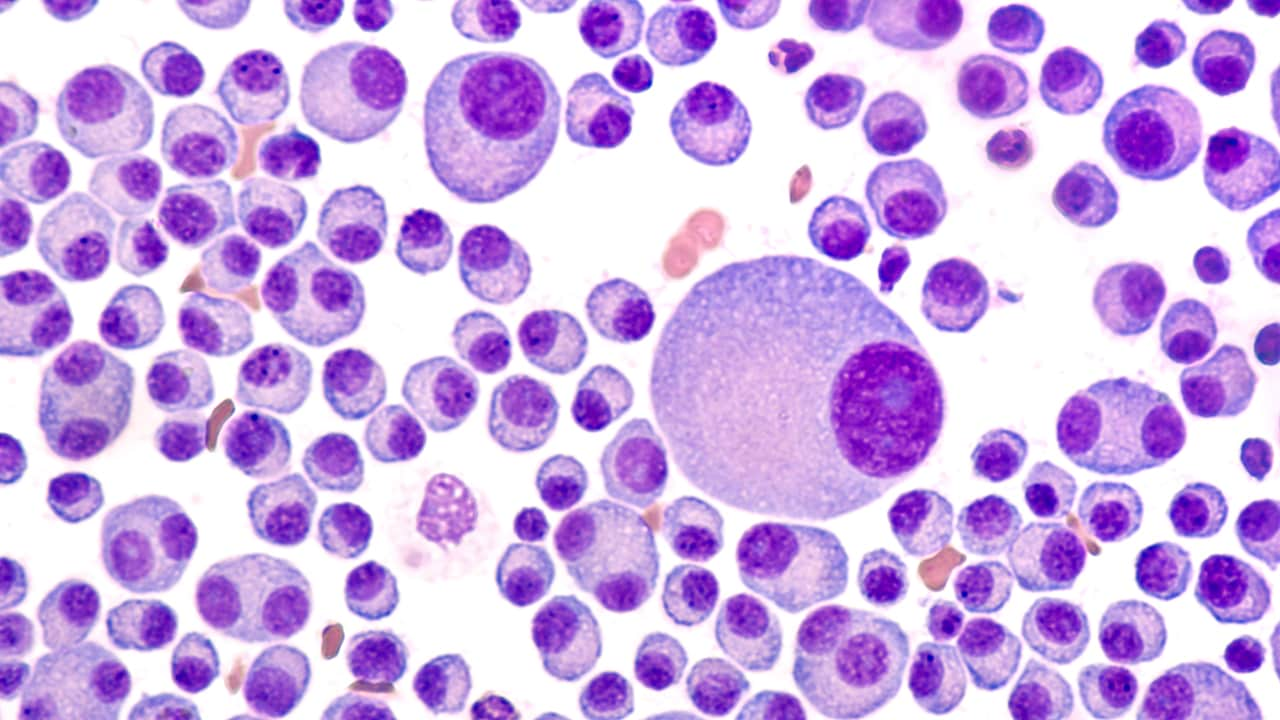Abstract and Introduction
Abstract
Introduction: PG is an uncommon, noninfectious neutrophilic dermatosis. Very few cases of bullous PG as the first manifestation of IgG myeloma have been reported. HE4, a novel marker for human cancers, may be a promising marker of bone destruction and disease progression in patients with hematologic malignancies and PG lesions.
Case Report: The authors report a case of a 49-year-old female who presented with painful patches located on the lower extremities for the past 5 months, and then had lesions that rapidly progressed to necrotic ulcers after unregulated acupuncture therapy. During the treatment procedure, underlying IgG κ-type myeloma was diagnosed. After the diagnosis was confirmed, the patient underwent chemotherapy, and the lesions started to heal and gradually showed scarring. The current report also discusses the potential value of HE4 as applied to malignancies that present with PG and bone destruction.
Conclusions: Once the diagnosis of the underlying systemic disease is confirmed, patients with PG should simultaneously receive aggressive treatment for the primary disease. More emphasis should be put on HE4 regarding the progression of monoclonal gammopathy-related PG with bone destruction to provide new ideas to understand the pathogenesis of this disease.
Introduction
PG is an uncommon, noninfectious neutrophilic dermatosis first reported by Brunsting et al[1] in 1930. PG associated with hematologic malignancies represents only 8.9% of all cases with underlying systemic diseases.[2,3] The characteristics and potential relationship between PG and hematologic malignancies are still unclear. MGUS is a relatively commonly reported hematologic malignancy associated with PG. The transformation of MGUS to MM can be observed in the setting of PG, and IgA is the most common subtype in MGUS and MM patients with PG lesions.[4,5] MM is a malignant plasma cell proliferative disorder with lytic bone lesions, anemia, immune dysfunction, and sometimes specific or nonspecific cutaneous lesions. MM is heterogeneous in its clinical presentation and progression, and very few cases of bullous PG as the first manifestation of IgG myeloma have been reported.[5] HE4, a precursor of human epididymis protein, may be a marker for bone metastasis, and there is evidence of significant overexpression of HE4 in several other human cancers.[6,7] Researchers have observed that the concentration of HE4 increased during the progression of bone metastases in a patient with malignant melanoma.[7] Another study found that HE4 was increased in patients with lung cancer, especially those who identified bone metastases by whole-body bone scintigraphy and had probable bone metastases, when compared with a healthy person.[8] The value of HE4 as a novel serum biomarker for monoclonal gammopathy-related PG with bone metastases has not yet been reported. The current study presents a case of acupuncture-exacerbated PG associated with MM and discusses the potential diagnostic value of HE4 when applied to malignancies presented with PG and bone destruction.
Wounds. 2022;34(11):e108-e111. © 2022 HMP Communications, LLC







